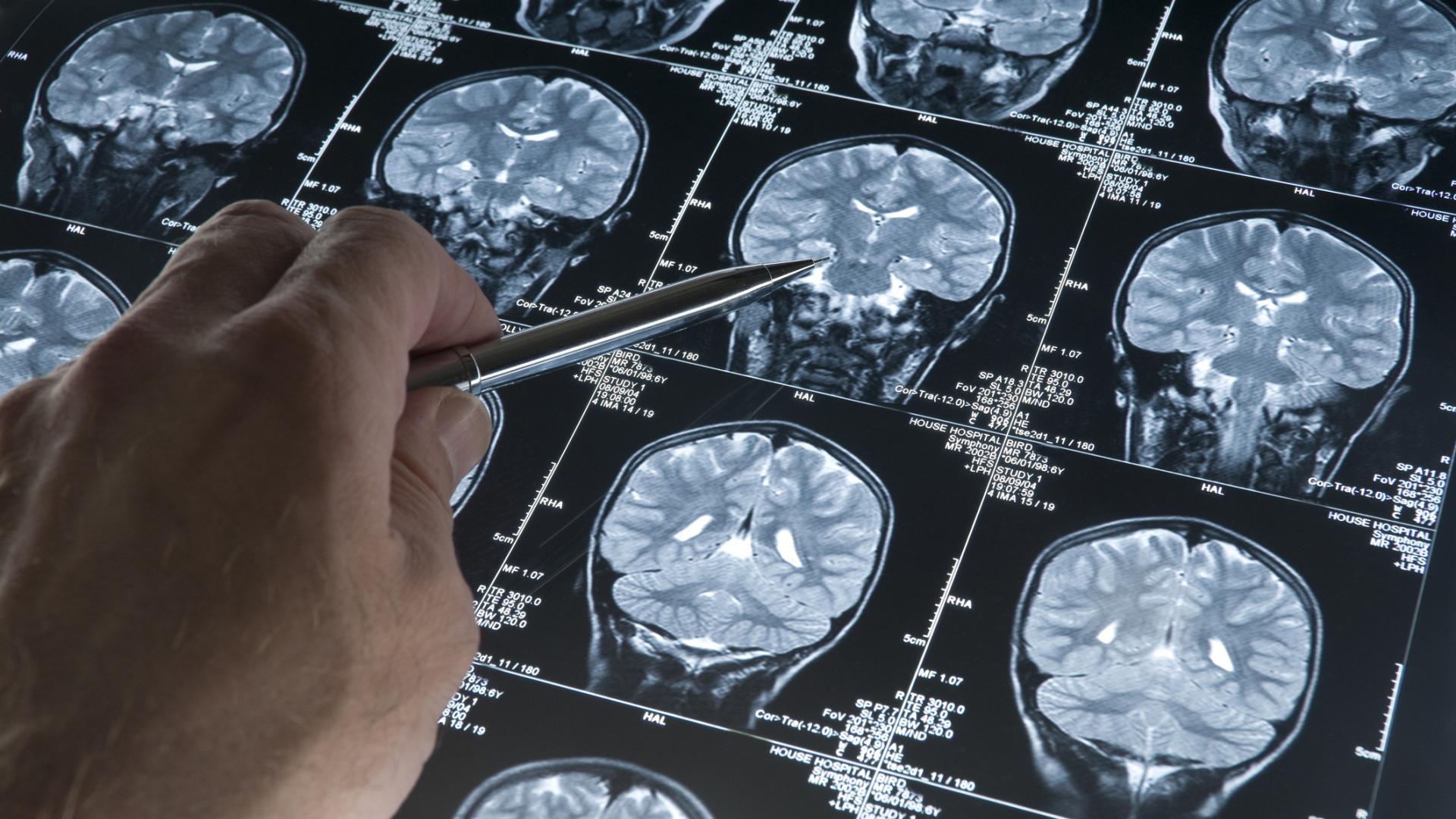Using Naturalistic Driving Behavior to Identify Older Adults With Preclinical or Symptomatic Alzheimer Disease

Principal Investigator
Ganesh Babulal, MSCI, OTD, PhD
Washington University School of Medicine in St. Louis
St. Louis, MO, USA
About the Research Project
Program
Award Type
Standard
Award Amount
$267,071
Active Dates
September 01, 2020 - April 30, 2024
Grant ID
A20201142S
Co-Principal Investigator(s)
Catherine Roe, PhD, Washington University School of Medicine in St. Louis
Goals
Crashes are a leading cause of injury and deaths among older adults, with as many as 19 older adults killed each day, and crashes are higher among persons with Alzheimer disease (AD). Since 2015, we tested a new way to continuously collect driving behaviors (distances, speeding, hard breaking, times of day driving, etc.) by plugging a device into people’s cars and recording how they drive. This was termed, Driving Real-World In-Vehicle Evaluation System (DRIVES). We will use the DRIVES to see if we can sort out those who have early AD from those who do not. We will also look at whether or not other tests of brain abilities, navigation (finding one’s way around), physical functioning, and sensory functioning (vision, hearing, smell) can help tell these individuals apart more accurately.
Summary
We know that older adults (age ≥ 65) will double to 88 million by 2050 and will represent 25% of all drivers in the United States. Crashes are a leading cause of injury and deaths among older adults and are higher among those who have= Alzheimer’s disease (AD). Our goal is to examine the extent to which an unobtrusive, in-vehicle data logger, capturing driving behavior on a daily basis, reflects underlying AD pathology . We will test whether naturalistic driving behavior can better identify older adults with early AD (very mild/mild) from cognitively normal older adults (with and without preclinical AD) compared to performance on a road test. We have developed a new methodology, the Driving Real-World In-Vehicle Evaluation System (DRIVES) that we will use to capture daily driving behavior among older adult drivers. Our device plugs under the dashboard, captures data on date, time, speed, longitude/latitude anytime a vehicle is driven, and transmits the data via satellites to secured servers. The data is collected uniformly across all 50 states. This work is intended to be further developed for clinical applications where this digital biomarker can predict who will be most at risk for driving decline and to pinpoint when that decline starts.
Related Grants
Alzheimer's Disease Research
Identifying New Memory and Brain Markers for Early Alzheimer's Disease
Active Dates
July 01, 2024 - June 30, 2026

Principal Investigator
Helena Gellersen, PhD
Current Organization
German Center for Neurodegenerative Diseases
Alzheimer's Disease Research
Staging Alzheimer's Disease Using Blood Samples
Active Dates
July 01, 2024 - June 30, 2026

Principal Investigator
Gemma Salvadó, PhD
Current Organization
Lund University
Alzheimer's Disease Research
Shining a Light on How Early Tau-Related Brain Changes Affect Memory Loss
Active Dates
July 01, 2024 - June 30, 2026

Principal Investigator
Martin Dahl, PhD
Current Organization
Max Planck Institute for Human Development (Germany)





